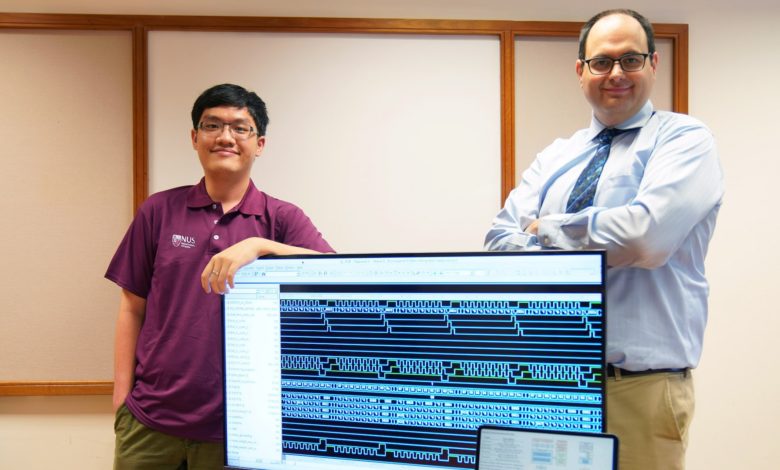NUS scientists develop computational tool to help design safer devices

As the world embraces the Internet of Things (IoT), more and more everyday appliances are being connected to the Internet so that people can monitor those appliances remotely. While this makes our lives more convenient, there is a looming threat of cybercriminals using these devices to gain access to sensitive data.
Now, scientists from the National University of Singapore’s School of Computing (NUS Computing) have made it easier to guard against that. They have developed a software tool that can simulate hacker attacks, and which provide an automated way to protect the design. This helps designers create more secure computer chips.
Securing chips against hardware attacks
The software works by simulating a physical hardware attack known as laser fault injection. To accomplish this on a real device, the cyber-criminal would first partially disassemble the hardware to gain access to its silicon chip without interrupting its operation. Then, they use a laser to generate a processor error. This throws the gates open, allowing them to extract data and security information.
Read full article at NUS News
Photo by NUS




